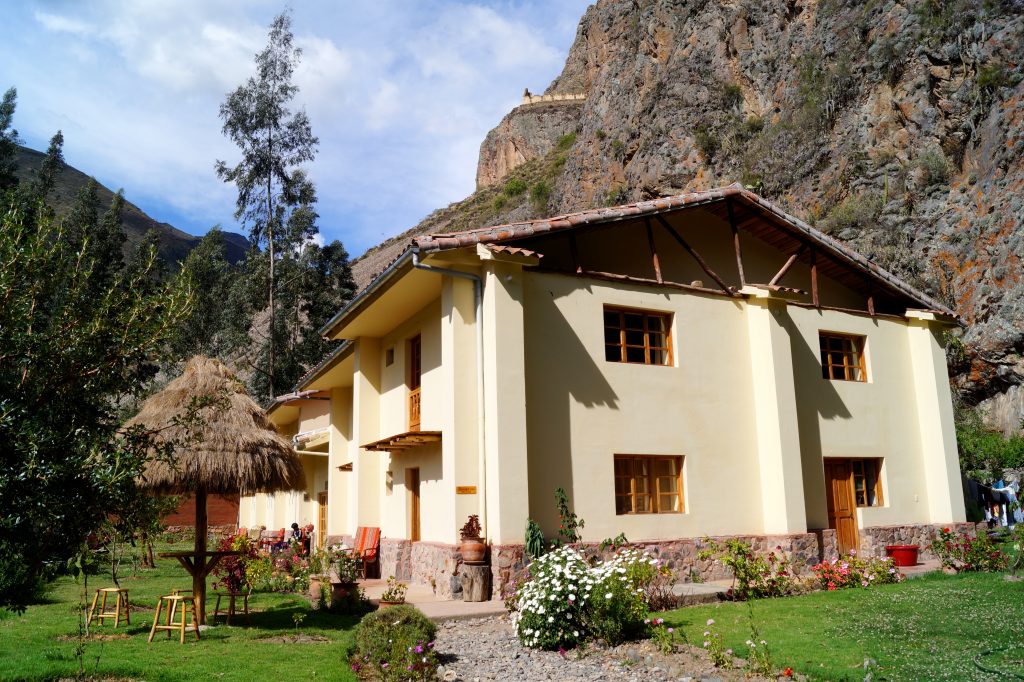
Mummies, Mysteries and Thrills along Peru’s Gringo Trail: Part 2
Apu Lodge has rare panoramic views over Ollantaytambo, which was once the royal estate of Pachacuti Inka Yupanki, one of the Inca emperors believed to have built Machu Picchu. The stone-alley town of Ollantaytambo is the last train stop before Machu Picchu, and it was here that the Inca scored victory over Hernando Pizarro in 1536.
Incest and scandal: Hernando Pizarro was married to his brother’s daughter, Francisca. Francisca’s mom was Francisco Pizarro’s Incan mistress.
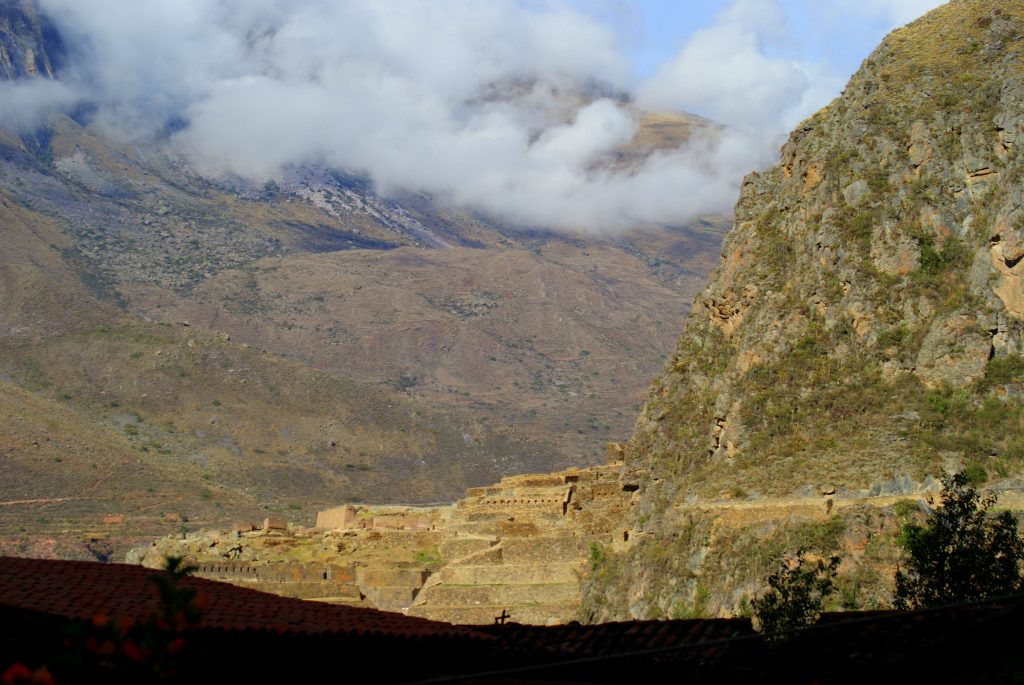
Higher than Machu Picchu but lower than Cuzco, Ollantaytambo is 9,160 feet above sea level. The Inca descendants still live in the same stonework buildings of this archaeological site that their ancestors built. There’s coexistence of old ways and modern.
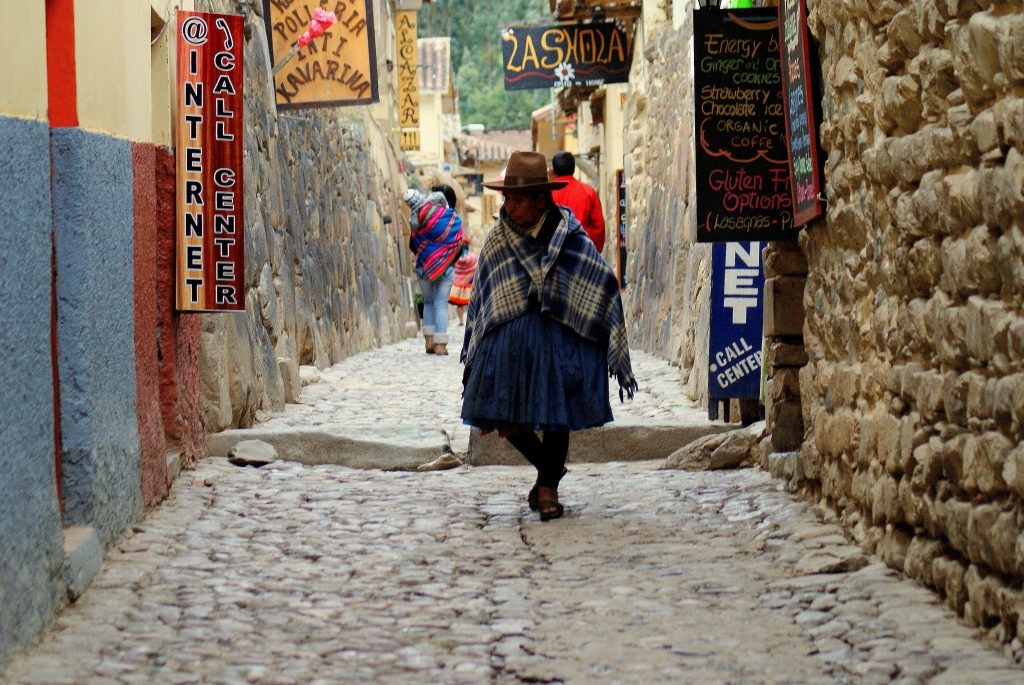
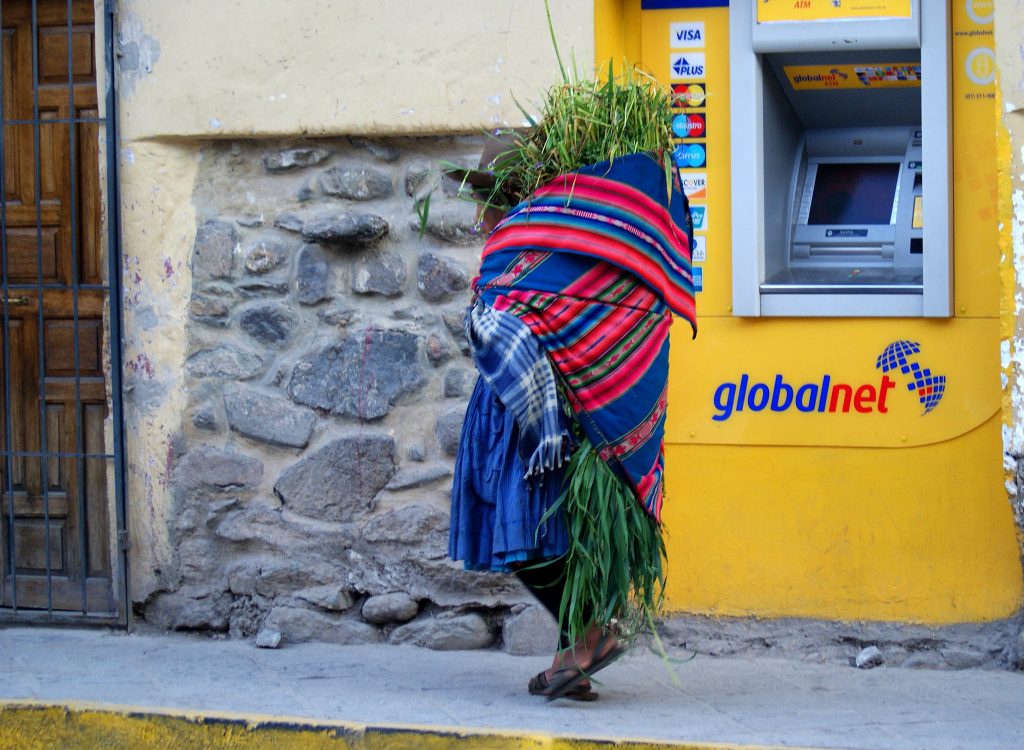
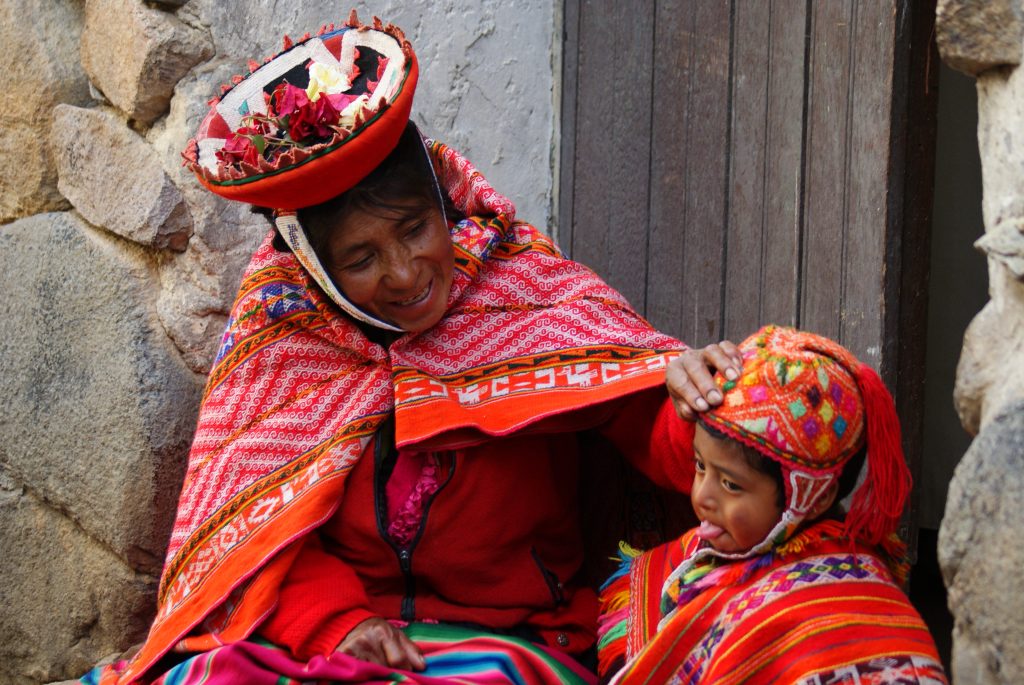
I hire an indigenous guide named Elvis. He speaks Quechua (the native language), Spanish and English. His family is from Ollantaytambo, where everyone knows everyone else, so he’s the perfect guide for an inside peek into real life in an Andean town. First stop is cuy for lunch. Cuy is the Quechua word for guinea pig. It was the conquistadors who brought guinea pigs back to Europe where instead of being food, they became cuddly companions. Peruvians eat around 65 million guinea pigs per year. Guinea pigs are originally from South America where they are both consumed and also used in healing rituals. I’ve eaten cuy before, but I’ve never had a live one rubbed all over my naked body as a diagnostic tool and medicine. I opted for eating again, but anyone who has had a squeaking guinea pig rubbed all over their nakedness, please tell us about it in the comments below.
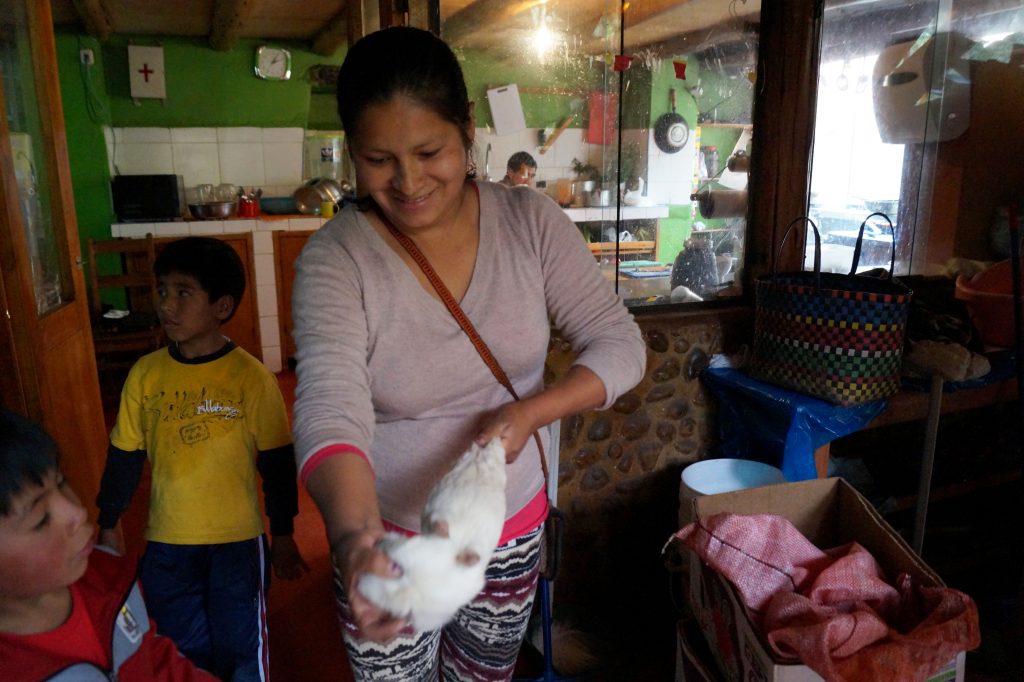
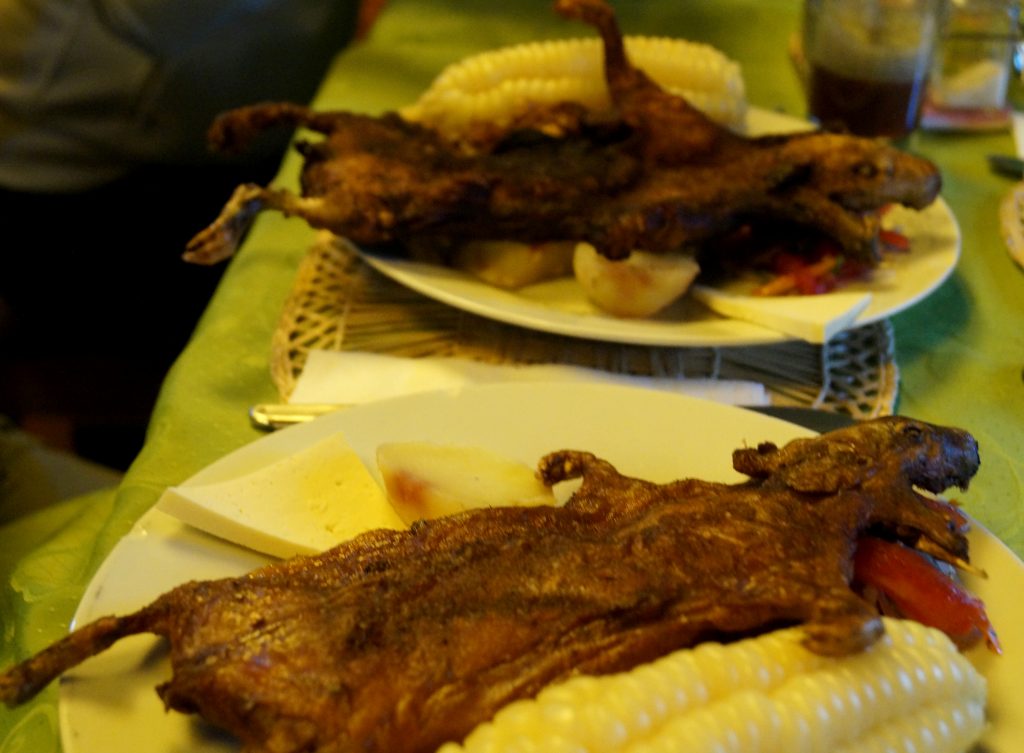
After cuy, Elvis Cusi Zegarra leads us through a muddy courtyard past farm animals and into a dimly lit chicha house to taste chicha, home-brewed corn beer. Chickens scratch the interior’s dirt floor, and locals watch our reactions to their favorite beverage with amusement. The beer is very low-alcohol, though in Inca times, it was brewed longer and thus stronger for special occasions such as human sacrifices. Chicherias can be recognized in Ollantaytambo by a red plastic bag on a pole over the entrance.
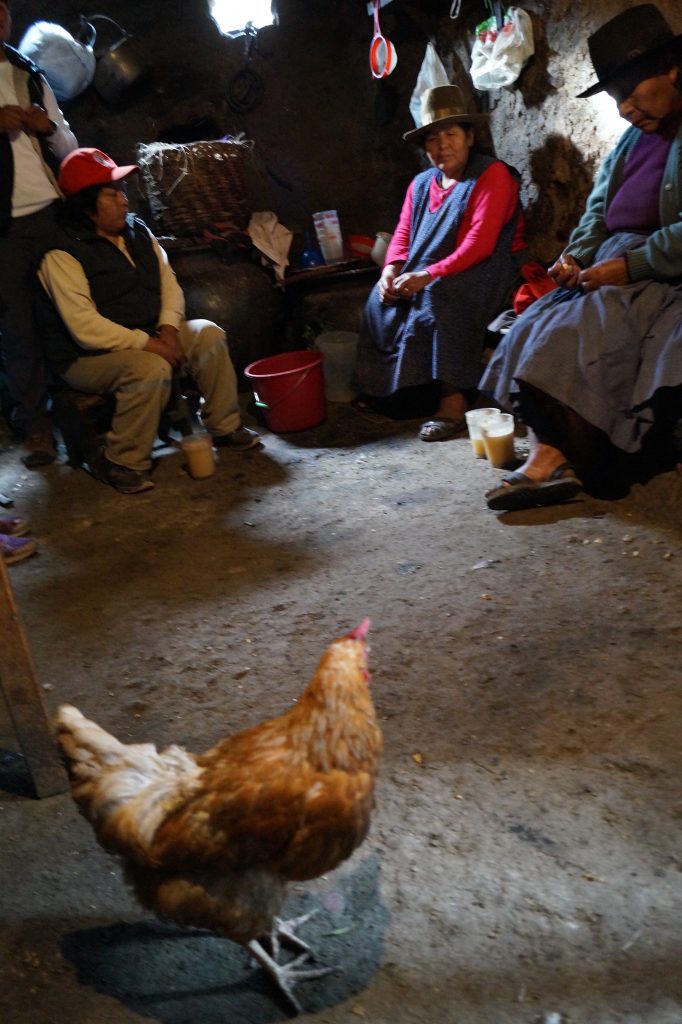
Inca sacrifices, mummies and skeletons have always fascinated me, and the staff at Apu Lodge told me about a couple of skeletons near an old quarry. The quarry is a couple of hours of intense uphill hiking. I resign myself to not seeing the old bones because I’m feeling the altitude, though not as badly as one of my friends whose hands are blue and is inhaling from an oxygen canister every 10 minutes. So when Elvis steers us into a house which has remained unchanged since Inca times, and I see human skulls on a stone mantle, I’m thrilled. I ask Elvis why there are skulls in the living room, and he tells me that they probably are the family’s ancestors. Probably? There are also dried baby llamas hanging on a wall, and there’s an old sewing machine (not Inca, obviously) with guinea pigs running underneath it. One of my friends grabs my arm, “There’s a man in the bed over there,” she whispers. He looks sick, and I doubt that the dried llamas, guinea pigs or skulls are going to cure him. I inch toward the outdoors in case he’s contagious.
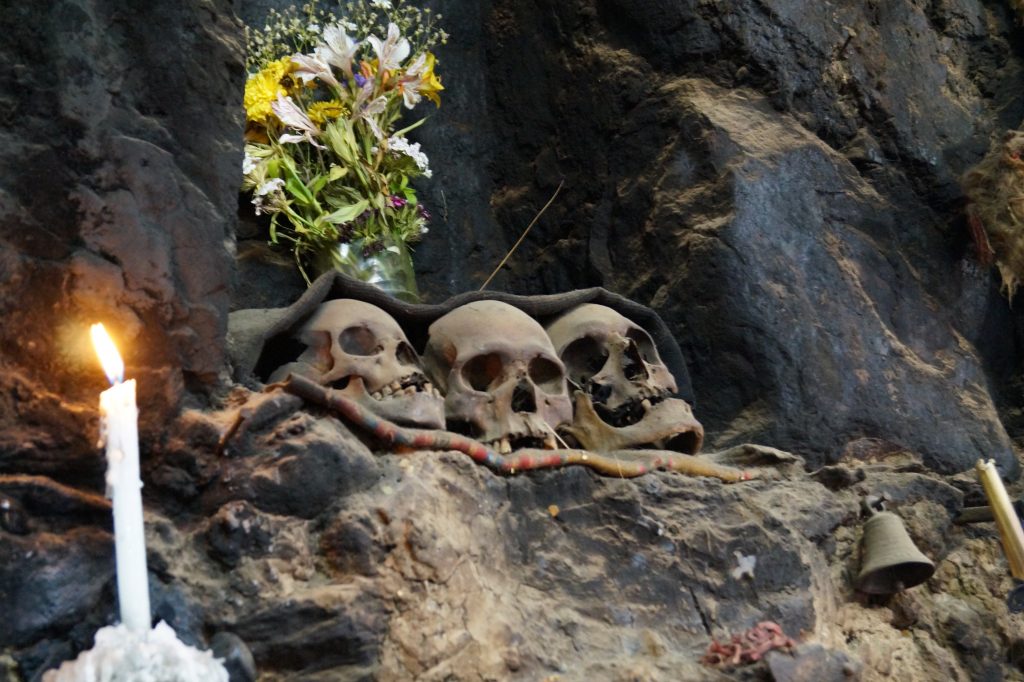
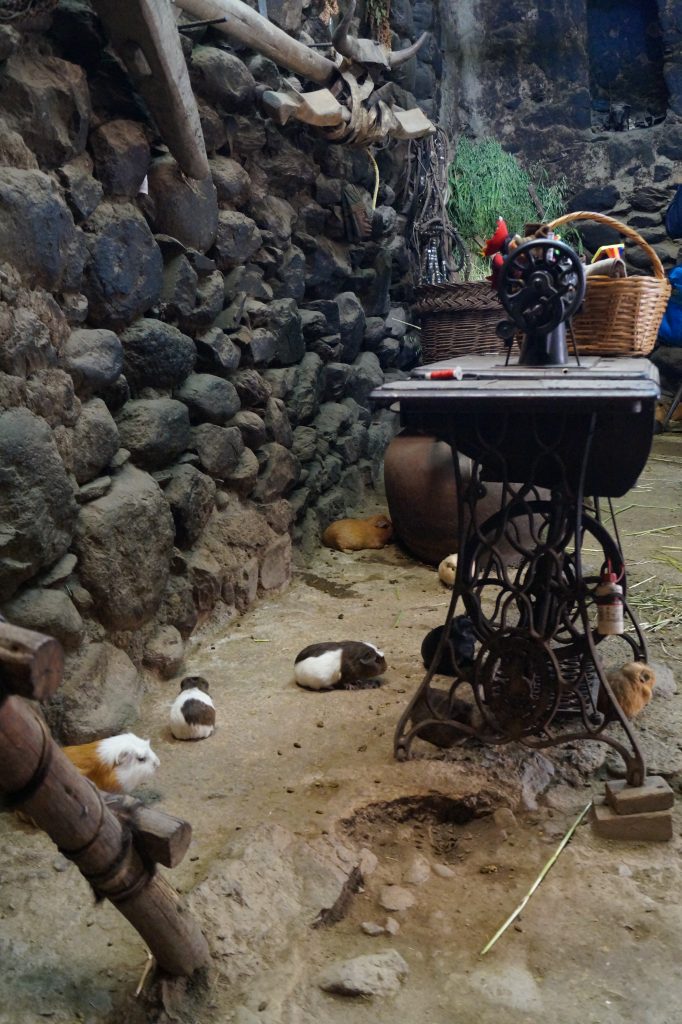
Ollantaytambo is between Cuzco and Machu Picchu. Although definitely on the gringo trail, if you hire a local guide like Elvis, you can see off-the-beaten trail curiosities.
Read more: Mummies, Mysteries and Thrills Along Peru’s Gringo Trail – Nazca
______________________________
Six Travel Tips for Ollantaytambo, Peru

1. There are many small hotel and hostel options in Ollantaytambo, but Apu Lodge is on a quiet narrow alley (Lari Calle) with no motorized traffic. The inn also boasts hot water for your shower, duvets on comfortable beds, they make an excellent pisco sour and have a full breakfast (eggs and fruit included), all of which any traveler who spends a lot of time in the Andes of Peru will appreciate. Staff can arrange inexpensive transportation from the airport in Cuzco (approximately one hour and 15 mins away) and also can arrange tours and guides. Contact: info@apulodge.com.
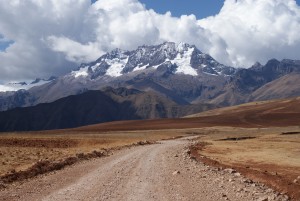
2. Elvis Cusi Zegarra is an exceptional local guide from Ollantaytambo. He leads cultural and trekking tours and trips to Machu Picchu. You can book Elvis through Apu Lodge or find him on Facebook.
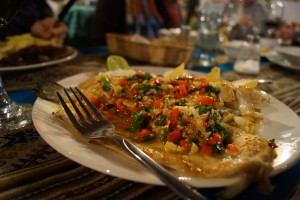
3. Bank machines: If the bank machine on the main square doesn’t work (and it repeatedly has been out of money or non-functioning on my visits), there is also a bank machine tucked inside the door of Sauce Hostal. The bank machine at Sauce allows you to take out larger sums of money per transaction than Globalnet at the town square.
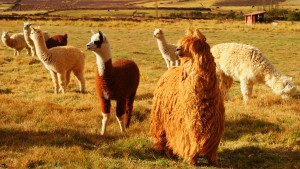
4. Restaurants and Cafes: there are lots of choices (with similar menus), but note that service isn’t fast. Food is made from scratch at most establishments, so take this into consideration when you plan your day. It’s not uncommon to see the cook or your waiter go shopping for the ingredients for your meal. The restaurants in much of Peru use more salt in preparation than you might be used to, so if you’re on a salt-restricted diet, make sure you ask for your food to be made without additional salt. If you’re a vegetarian, the best option in town is Hearts Cafe where 100 percent of profits also go to local charities.
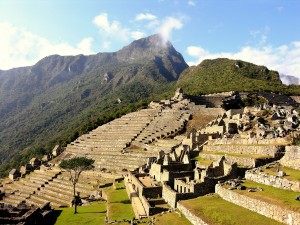
5. Machu Picchu: You have to book your tickets to Machu Picchu in advance. The best website for this is Ticket Machu Picchu, not the government of Peru website which constantly has technical issues and doesn’t take all credit cards. Ticket Machu Picchu has a live calendar that shows how many tickets are available daily. You can purchase train tickets online through Peru Rail (journey approximately 1.5 hr.) and your bus tickets up to Machu Picchu at the train station in Ollantaytambo.
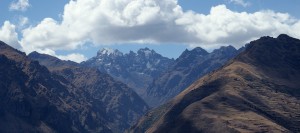
6: Altitude Sickness is a gamble, and you just don’t know which time it will hit you. You can get a prescription for altitude meds (Diamox) from your doctor before you travel. I always drink coca tea in Peru and enjoy coca toffees as well. You can buy disposable canisters of oxygen from the small pharmacies in Ollantaytambo. There is also a doctor who for an insanely low sum will pay a house call to your hotel.
FOR MORE THRILLS: Read Part 1, “Mummies, Mysteries and Thrills” on the Gringo Trail in Nazca, Peru, and Part 3, “Adventure Aboard Dawn on the Amazon.”
Kirsten Koza is a contributing journalist for TheBlot Magazine, the author of “Lost in Moscow” and an expedition organizer.




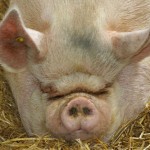

2 Comments
Leave a Reply